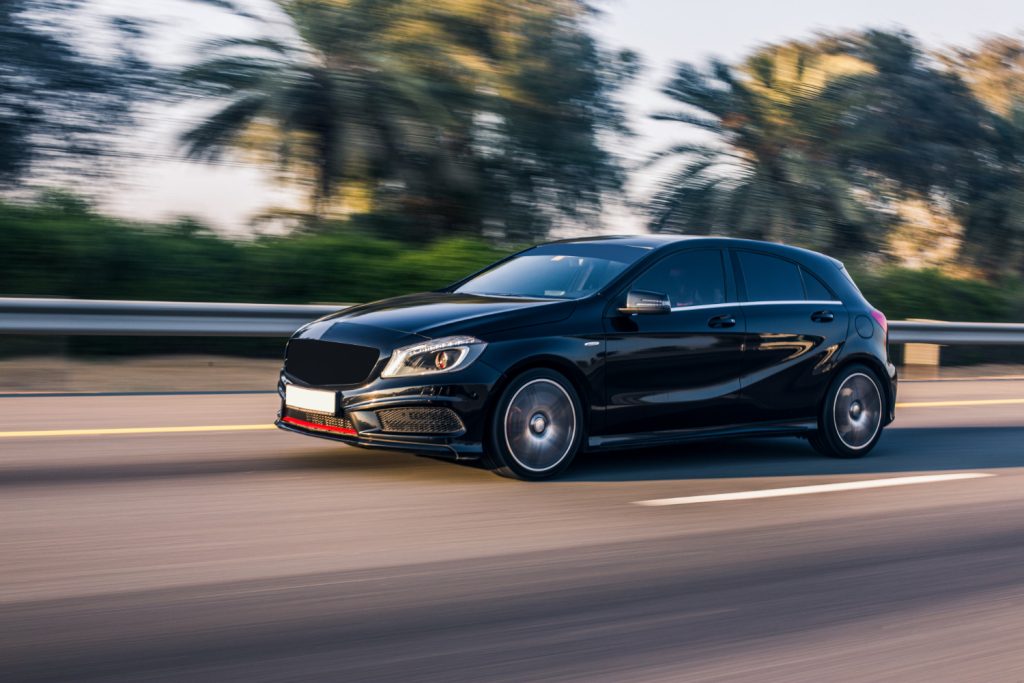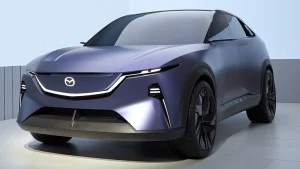
Leasing a car in Spain is an increasingly popular option, particularly for expatriates, long-term tourists, and even locals who prefer flexibility over ownership. Leasing provides access to a brand-new vehicle without the long-term commitment of buying a car. This guide breaks down the leasing process in Spain step-by-step, covering everything from initial research to contract closure.
Step 1: Understand Car Leasing Basics
Before starting, it’s crucial to understand how leasing differs from buying or renting. Leasing is a long-term rental where you pay a fixed monthly fee to use the car over a set period, typically between 12 to 60 months. At the end of the lease, you return the vehicle or have the option to buy it.
There are two common types of leases:
- Operational Lease: Focuses on usage, with all servicing and maintenance included.
- Financial Lease: Offers an option to purchase the vehicle at the end of the lease term.
Each type has its pros and cons, so assess your financial and usage needs before proceeding.
Step 2: Research Leasing Companies
Spain has numerous leasing companies, both international and local. Some popular options include:
- LeasePlan
- Arval
- ALD Automotive
Local dealers affiliated with major car brands (e.g., Seat, Renault, Peugeot)
Research and compare different offers by visiting their websites or speaking with sales representatives. Look for:
- Lease terms and conditions
- Monthly costs
- Vehicle models available
- Included services (insurance, maintenance, roadside assistance)
Step 3: Choose the Right Vehicle
Selecting the right car model is critical to ensuring the lease suits your needs. Factors to consider include:
- Purpose: Is the car for daily commuting, business use, or family trips?
- Size: Compact models like the Seat Ibiza are ideal for urban driving, while SUVs such as the Renault Captur offer more space for long-distance travel.
- Fuel Efficiency: Opt for hybrid or electric vehicles to save on fuel and taxes, especially in Spain’s low-emission zones.
- Extras: Think about any additional features you need, such as GPS, parking sensors, or advanced safety systems.
Many leasing companies offer test drives, which can help you make an informed decision.
Step 4: Compare Leasing Offers
Once you’ve identified potential vehicles, request quotes from multiple leasing providers. Key details to review include:
- Monthly Payment: Compare the total monthly cost, including taxes (VAT).
- Down Payment (Depósito): Some leases require an upfront payment, typically between 10-30% of the car’s value.
- Mileage Limits: Lease contracts often have annual mileage limits, usually between 10,000 and 25,000 kilometers. Excess mileage can lead to additional fees.
- Contract Length: Common options include 24, 36, or 48-month leases.
- Included Services: Confirm what services (insurance, maintenance, road taxes) are covered under the agreement.
Use this information to negotiate better terms if necessary.
Step 5: Review and Sign the Lease Contract
Carefully read the lease agreement before signing. Important sections to pay attention to include:
- Duration and Mileage Limits: Ensure the agreed-upon terms match your expectations.
- Monthly Fees and Additional Costs: Check if there are any hidden fees, such as administrative or early termination fees.
- Responsibility for Damages: Understand your liability for wear and tear, as some providers may charge for minor damage upon vehicle return.
- Insurance Coverage: Determine if the insurance covers theft, accidents, and third-party liability.
- Maintenance and Repairs: Verify whether the contract includes free servicing, tire replacements, and technical inspections (ITV).
If you’re unsure about any terms, seek legal advice or ask the leasing company for clarification.
Step 6: Provide Documentation
To lease a car in Spain, you’ll need to provide various documents, especially if you’re a foreign resident. These typically include:
- Proof of Identity: Passport or national ID (DNI/NIE)
- Residence Documentation: Empadronamiento (proof of residency registration)
- Proof of Income: Recent payslips, employment contract, or tax returns
- Bank Details: IBAN and proof of bank account ownership
- Driving License: Ensure your license is valid in Spain (EU licenses are accepted; non-EU licenses may require an International Driving Permit).
Leasing companies may also perform a credit check to assess your financial reliability.
Step 7: Pick Up the Vehicle
Once your application is approved and the paperwork is complete, you can schedule the vehicle pickup. During this step:
- Inspect the car for any pre-existing damage and document it with photos.
- Verify that all agreed-upon features and equipment are included.
- Receive a detailed explanation of the vehicle’s functions and controls.
- Sign a final handover form confirming receipt of the vehicle in good condition.
Step 8: Make Monthly Payments
Monthly lease payments are typically set up as direct debits (domiciliación bancaria) from your bank account. Ensure you have sufficient funds each month to avoid penalties. Payments cover:
- Use of the vehicle
- Services included in the lease (e.g., maintenance, insurance)
- Applicable taxes (VAT at 21%)
It’s advisable to keep records of payments and receipts for your records.
Step 9: Maintain the Vehicle
Proper maintenance is essential to avoid additional charges when returning the car. Follow the maintenance schedule provided by the leasing company, which may include:
- Regular servicing at authorized garages
- Tire checks and replacements
- Annual technical inspections (ITV)
- Keeping the car clean and in good condition
Contact your leasing provider immediately if you encounter any mechanical issues.
Step 10: End of Lease Options
When your lease term ends, you typically have three options:
- Return the Car: Return the vehicle to the leasing company. They will inspect the car for damage and excess mileage. Additional fees may apply if the car doesn’t meet the agreed-upon condition.
- Extend the Lease: If you need the car for longer, some companies allow you to extend the lease under similar terms.
- Purchase the Car: Some lease agreements include a purchase option, allowing you to buy the car at a pre-determined price.
Ensure you notify the leasing company of your decision well before the lease expires to avoid complications.
Tips for a Smooth Leasing Experience
- Plan Ahead: Start researching leasing options 1-2 months before you need the car.
- Negotiate: Don’t hesitate to negotiate better rates or terms, especially if you have multiple offers.
- Understand Taxes: VAT and road tax policies may vary by region in Spain. Ask for a breakdown of all costs.
By following these steps, you can enjoy the convenience and flexibility of car leasing in Spain without unexpected surprises.
Frequently Asked Questions (FAQs)
What documents do I need to lease a car in Spain?
You need a passport or ID, residence documentation, proof of income, bank details, and a valid driving license
Can I lease a car in Spain as a non-resident?
Yes, but you may need to provide additional documentation, such as an International Driving Permit and proof of financial stability
What are the common lease contract lengths in Spain?
Lease terms typically range from 24 to 48 months
Is insurance included in car lease agreements?
Many lease contracts include insurance, but coverage details vary by provider. Always confirm what’s included
What happens if I exceed the mileage limit?
You may be charged an additional fee for each kilometer over the agreed mileage limit




